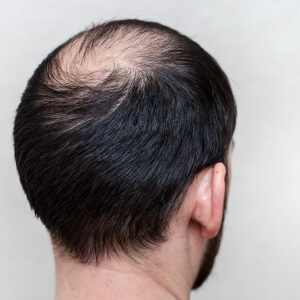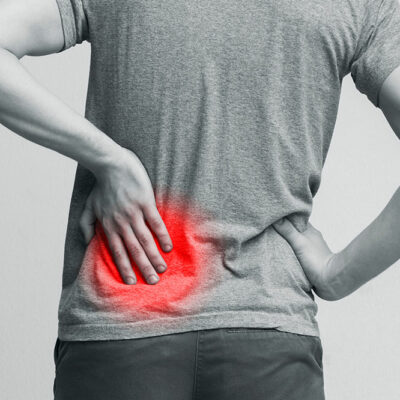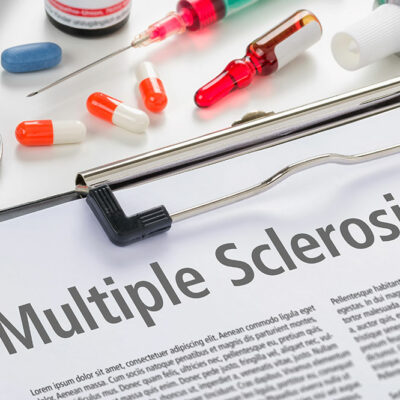What you should know about depression

Depression is a mental health disorder that results in bouts of continuous sadness. A clinical mood disorder can lead to physical and emotional suffering, and can also change one’s behavior. Frustration, anger outbursts, lack of energy, sleep issues, anxiety, disinterest in eating, concentration issues, and suicidal thoughts are also common symptoms of this disease. Depending on its severity, the illness can challenge one to lead a normal life, too.
Diagnosis
There are many different methods a medical professional can use to determine if one is affected by depression. Psychiatric evaluation is the most common way to determine if one is suffering from the disease. The mental health doctor will interview the affected person to understand their thought process, mood, and other symptoms. Some doctors may compare symptoms with the ones listed in the Diagnostic and Statistical Manual of Mental Disorders (DSM-5). This makes it easier for them to understand the condition. A physical exam is also performed to determine if any physical health issue is caused due to this mental condition.
Stages of depression
Depending on the level of sadness, the stages of depression can be divided into five stages:
Stage 1
Even though the signs of mental disease are hard to miss, for most people, it starts with denial. They do not admit that there are any issues.
Stage 2
There comes a stage when one cannot deny the issues they are facing anymore and it turns into anger. People get angry and frustrated at every minute thing, as they find it hard to believe what is happening to them.
Stage 3
During this time, depression starts to result in negative thoughts. Many try to fight these thoughts and improve the situation with positivity. However, most times, unfortunately, they fail to do so.
Stage 4
Here, one may reach the depths of the illness and they feel like that there is no way out of the condition. They lose their sense of happiness and hope.
Stage 5
In this stage, the affected person starts to accept that there is a serious problem and they need help. They may agree to see a psychiatrist and start treatment. With the right kind of help, one can start to get better.
Prevention of depression
There is no certain proof that depression can be prevented. However, it is suggested by experts that one should always take care of their mental health. Some of the things that can be done is working on one’s self-esteem, managing stress, eating healthy, regularly exercising, and getting enough sleep. One should not hesitate to talk to friends and family when struggling emotionally. Moreover, contact the doctor immediately if one notices any signs of mood disorders.
If diagnosed with depression early, the doctor can help fight it better by controlling the surge of emotions. The prescription medicines for mental or emotional disorders and mindfulness-based cognitive therapy can help one recover from a depressive state of mind. It is essential to address and diagnose these issues accurately. This can help with the treatment process.










